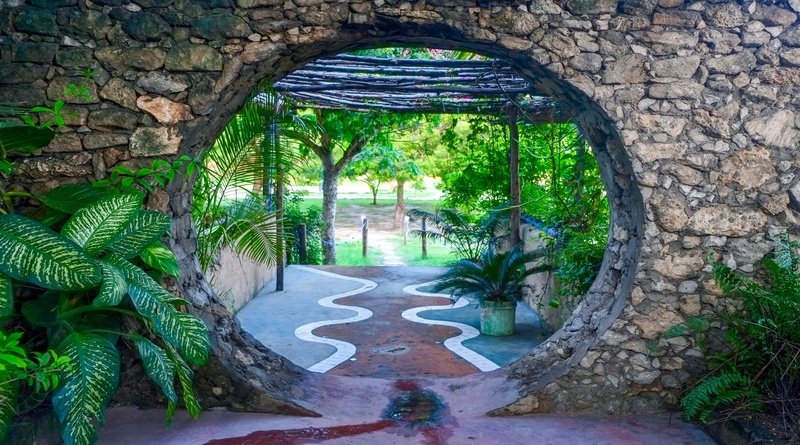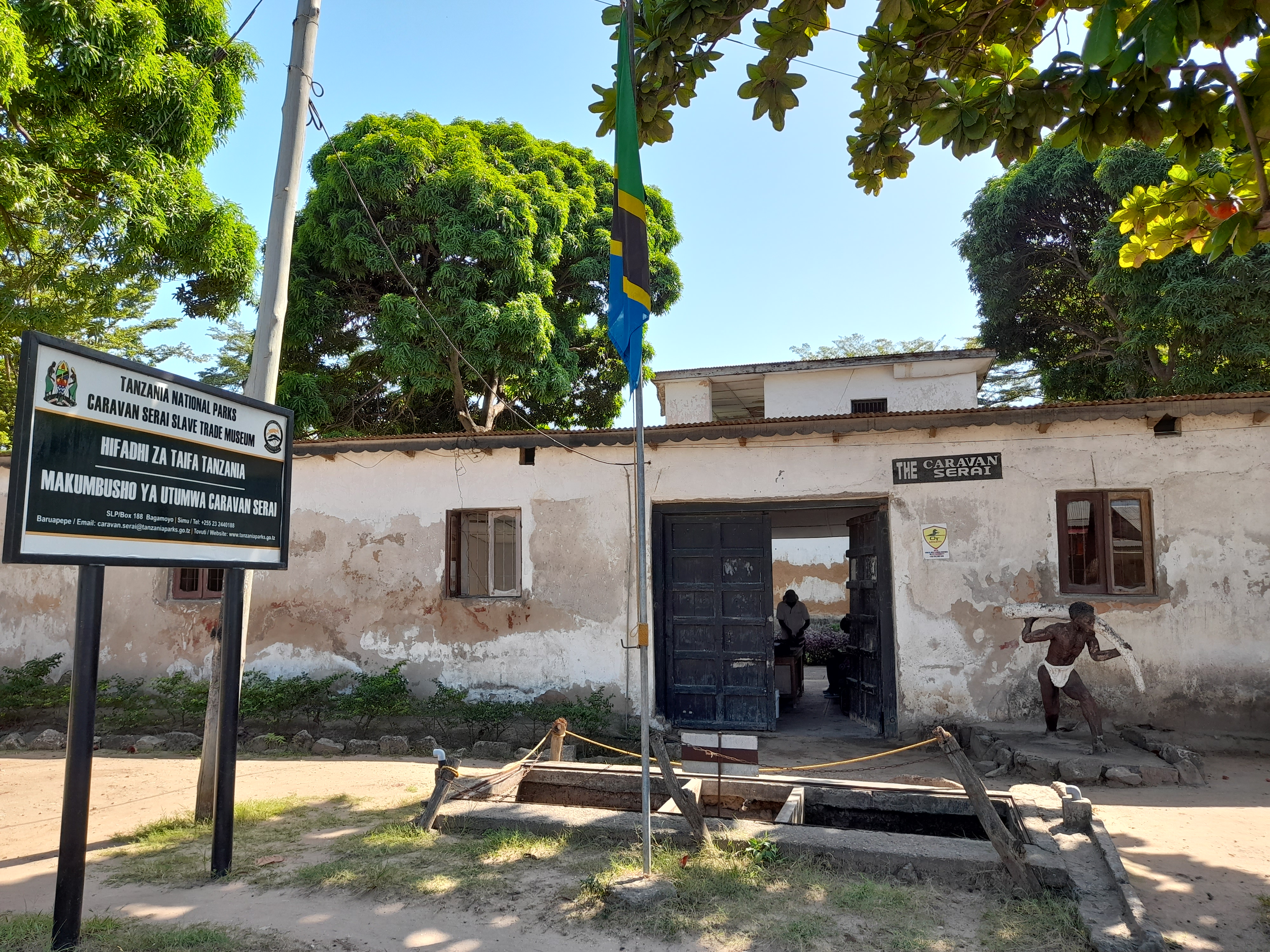Tourist Activities in Bagamoyo : While Tanzania is best known for being the best safari destination in Africa because of the amazing and fantastic natural wonders and other attractions it hosts, like the great wildebeest migration in Serengeti national park, the largest mountain in Africa, Mount Kilimanjaro, the big five in the Ngorongoro crater, and the best and most beautiful beaches in Zanzibar, Tanzania also has some of the best and most beautiful historical towns in the world for cultural tour and bagamoyo being one of them together with stone town, Zanzibar.
Walking through the winding, unpaved alleyways of Bagamoyo transports you to the middle of the 19th century, when the town was one of the most significant coastal cities in East Africa and the end of the trade caravan route connecting Lake Tanganyika with the sea. Many European explorers, including Richard Burton, Henry Morton Stanley, and David Livingstone, started and concluded their journeys here. Slaves, ivory, salt, and copra were unloaded here before being carried to Zanzibar Island and other locations. For the remainder of the century, the town of Bagamoyo served as a way station for missionaries heading from Zanzibar Island to the interior after French missionaries founded Freedom Village there in 1868 as a haven for ransomed slaves, Tourist Activities in Bagamoyo
History of Bagamoyo
Two mosques and 30 burials from the thirteenth century are still visible among the Kaole ruins. The settlement started to expand a few kilometres north of Kaole in the 17th century. The 18th century saw increased affluence in this region. The name Bagamoyo, which means “relief and rest,” was given to it because it was a significant stop in the caravan trade. It was a minor trading hub where farmers and fishermen made up the majority of the populace until the 18th century.

Facts about Bagamoyo
- Founded at the end of the 18th century.
- Population of around 83,000 people.
- Across Zanzibar in the Indian Ocean
- Located Between Dar es Salaam and Saadani National Park.
Bagamoyo tourist highlights and safari tips
- Once the capital of German in East Africa,
- Was an important trading port in colonial era.
- Kaole ruins from the 13th century
- Many European explorers began and ended their journeys here.
- Centre for the construction of dhows.
Tourist activities: Things to do in Bagamoyo
A city tour
In Bagamoyo, there are several historic colonial buildings on curvy, dirt streets. Arabic architecture is stunning, with thick walls and intricately carved wooden doors. You may observe the Caravan Serai Museum, the hanging tower, the old mosques, the German colonial administration office, the art market, the old post office, and the fish market while strolling through the winding lanes. Walk along the shore, which serves as a hub for building dhow sailboats, to observe how the community constructs these age-old crafts.
Kaole Ruins
These mysterious ruins are located not far from Bagamoyo. One of the oldest mosques on Tanzania’s main island and among the oldest in East Africa, the mosque’s ruins are at their center. It was constructed long before Bagamoyo had any significance, back when the Sultan of Kilwa controlled coastal trade.
There are roughly 22 burials in the area, many of which date from the same century, as well as a second mosque from the 15th century. Several Shirazi pillar-style tombs that are similar to those at Tongoni but are in slightly better shape may be seen among the graves, along with a small museum that houses pieces of Chinese ceramics and other relics. The old, silted harbor that was in use during Kaole’s golden age is located just to the east of the remains, past a thick patch of mangroves.
Walking south for about 5 km down the road from Chuo cha Sanaa to the Kaole turn-off at the southern end of Kaole village is the quickest way to get to the ruins. Getting into town bu using local transport known as bajaji (Tuk-tuks) costs about TSH 5000. (Tsh10, 000 for a tax).
A College of Arts
This esteemed theater and Arts College, the base of the national dance company, is situated about 500 meters southeast of Bagamoyo on the way to Dar es Salaam. There are occasionally performances while classes are in session, and drumming or dancing lessons can typically be arranged.
The Bagamoyo Arts Festival, which typically takes place in late September or early October, is the yearly highlight. The event offers a variety of acts, including traditional dance and drumming, acrobatic displays, drumming classes, and more.
Although the festival isn’t the best organized and early notice of schedules isn’t always available, it’s an excellent place to meet Tanzania’s up-and-coming singers and artists and learn about the country’s culture.
The Catholic Museum
The Catholic mission and museum, one of Bagamoyo’s highlights, is located about 2 km northwest of the town and is accessible by a long, mango-tree-lined avenue. It has informative exhibits from Bagamoyo’s glory days. The chapel where Livingstone’s remains were laid to rest before being transported to Zanzibar Town and Westminster Abbey are located within the same complex. The earliest mission in Tanzania dates back to the founding of Freedom Village in 1868.
Caravan Serai Museum
This unremarkable museum features a short exhibit about the slave trade. It is directly across from and diagonally after CRDB bank at the town entrance. The location where the museum is located, which was once the starting point for slave and trade caravans to the interior, is more interesting than the museum itself.

Other tours that are offered by Bagamoyo include: Bagamoyo Biking tours; Crocodile farm tour; Visits to the Catholic Old Church and Museum, a tour of the mangrove forest, fishing with local fishermen, Visit Ngome Kongwe, the Old Port, the fish market, and the white sand beach. Explore the coral reef, Visit the Slave Prison, Visit the art market, Swahili traditional weddings, Swahili music and dance performances, Swahili music band entertainment, Swahili traditional games, and so on, Tourist Activities in Bagamoyo
The best time to visit Bagamoyo
Because this is the dry season when rainfall is essentially nonexistent, the best time to visit is from June to October. Currently, the sea is a magnificent sapphire blue with contrasting azure, and the skies are clear. The Bagamoyo Arts Festival, which typically takes place in late September or early October, is the tourist highlight of the year.

